The Sound of Accelerated Fondue
After Kiev, I spent a few days in Geneva.
I did a day trip to Yverdon-Les-Bains, home to the Maison d’Ailleurs (House of Elsewhere), a science fiction museum.
They had a special exhibition on post-apocalyptic books and movies, in particular the Russian movie, Stalker. There were also rooms full of old science fiction magazines and magazine posters.
Some of the explanations were quite detailed. The text accompanying a collection of movie soundtracks:
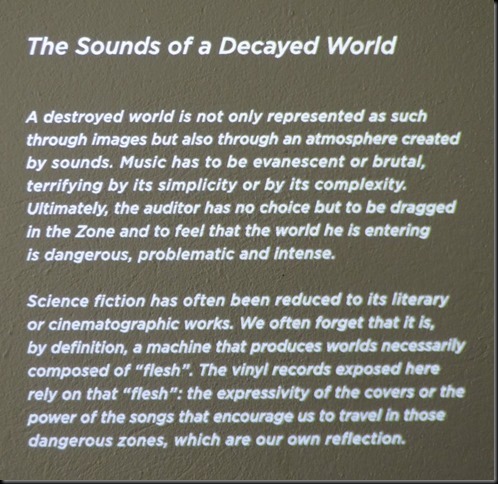
I also visited the town’s thermal baths. Sometimes stereotypes can still surprise you. I navigated the complex checkin procedure and emerged from the change room expecting to find an indoor pool, instead I was confronted by a waterless pool full of Swiss people standing around in their swimsuits and making fondue.
Unfortunately you weren’t allowed to take photos.
In Geneva I went on a tour of CERN, the European Organization for Nuclear Research. It is the birthplace of the world wide web and the location of the Large Hadron Collider, the world’s largest particle accelerator. It has been in the news quite a bit recently, due to the confirmation of the existence of the Higgs-Boson particle.
The accelerator is located underground in a 27km long tunnel. The CERN brochure explains:
"The LHC produces head-on collisions between beams of particles of the same kind, either protons or lead ions. The beams are created in CERN’s chain of accelerators and then injected into the LHC, where they travel through a vacuum comparable to outer space. Superconducting magnets operating at extremely low temperatures guide the beams around the ring. Each beam will ultimately consist of nearly 3000 bunches of particles, each bunch containing as many as 100 billion particles. The particles are so tiny that the chance of any two colliding is very small. When the bunches cross, there will be only about 20 collisions among 200 billion particles. However, bunches will cross about 30 million times per second, so the LHC will generate up to 600 million collisions per second.
The LHC provides collisions at the highest energies ever observed in laboratory conditions and physicists are eager to see what they will reveal. Four huge detectors – ALICE, ATLAS, CMS and LHCb – observe the collisions so that the physicists can explore new territory in matter, energy, space and time."
You aren’t allowed to see the accelerator itself but get to see some videos explaining how it works as well as look at the one of the detector control rooms. There are also a couple of small museums explaining the basic science behind the collider.
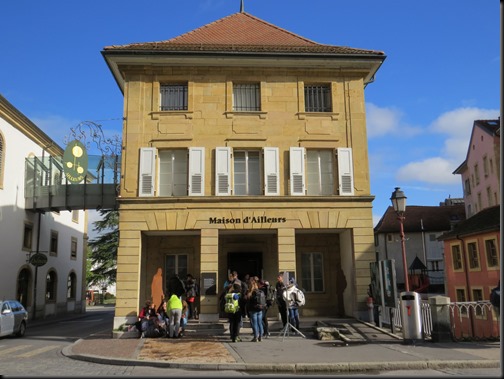
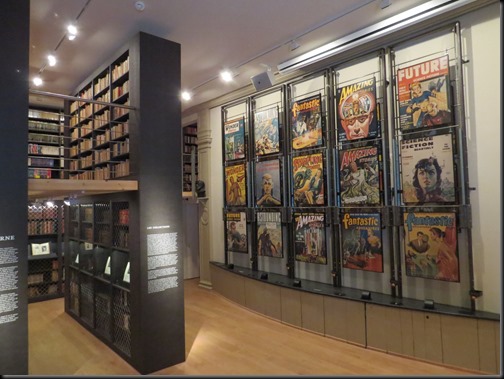
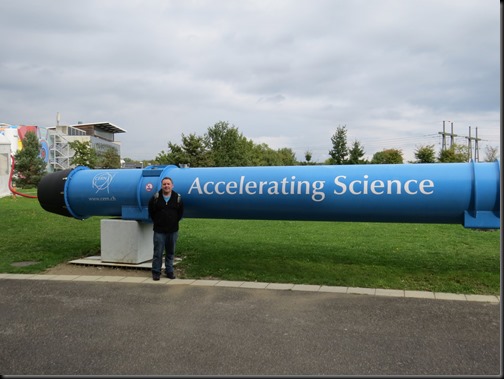
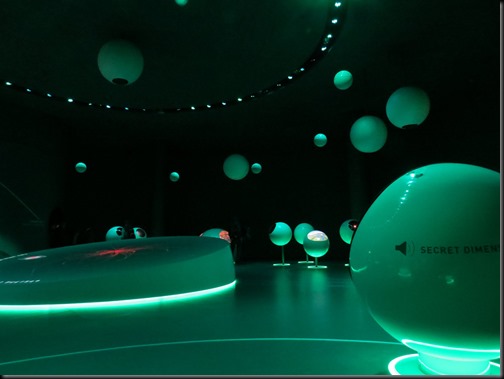
Very learned
Samantha Rollings just asked: “So, he still works here?”
I had to answer “sometimes – in between travelling.”
We’re just jealous – insanely, insanely jealous…